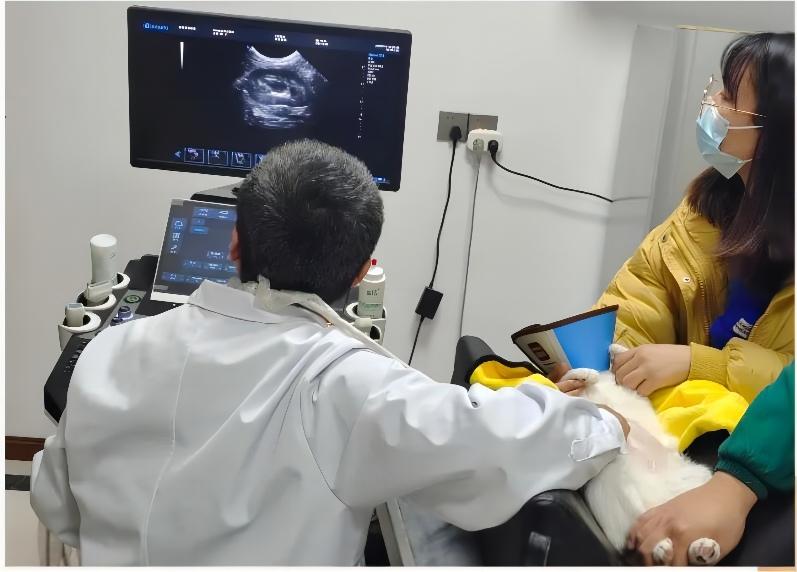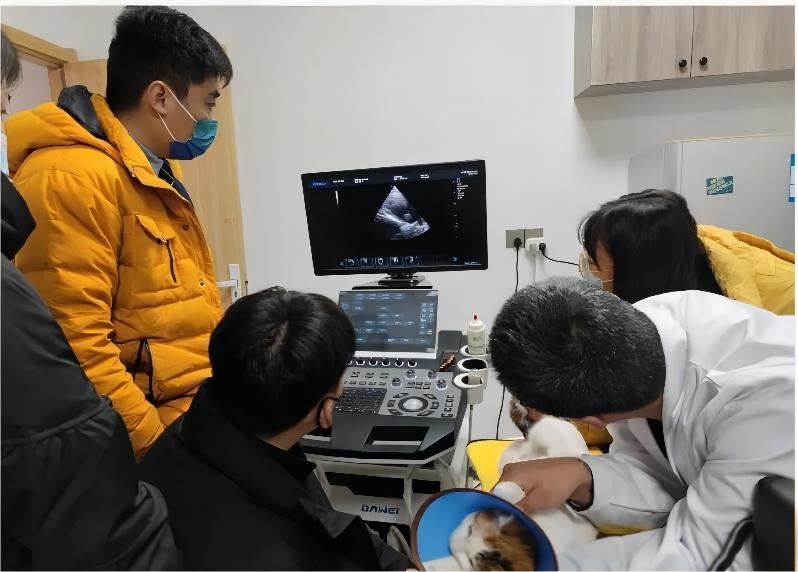The Key Advantages of Animal Ultrasound Examinations
Non-Invasive - Ultrasound is non-invasive and does not involve radiation or radioactive damage.
Real-Time Imaging - Ultrasound allows for real-time visualization of internal organs and tissues, enabling real-time monitoring of the health of animals and fetuses.
Non-Invasive - Ultrasound doesn't require medication or anesthesia, making it suitable for a variety of animals. Furthermore, unlike some other imaging technologies, it doesn't have side effects. In certain cases, mild sedation may be used to help keep the animal still.
Timeliness - Ultrasound can provide accurate imaging more quickly compared to other technologies.
Accessibility - Ultrasound examinations are more accessible. Ultrasound can provide cross-sectional images in various directions, closely approximating anatomical structures, and yielding rich information.


The T8-VET color Doppler ultrasound diagnostic instrument features contrast imaging technology, Pview wide-angle imaging technology, and spatial compounding imaging technology. These capabilities make it easier for veterinarians to observe lesions and provide accurate assessments.
Heart disease is one of the common ailments in pets. Whether it's valvular heart disease or myocardial heart disease, as long as the heart function is impaired, early symptoms may include rapid breathing, followed by cyanosis of the tongue and mucous membranes due to oxygen deficiency. In severe cases, the pet may even faint or go into shock. Therefore, regular check-ups for pets are essential.
